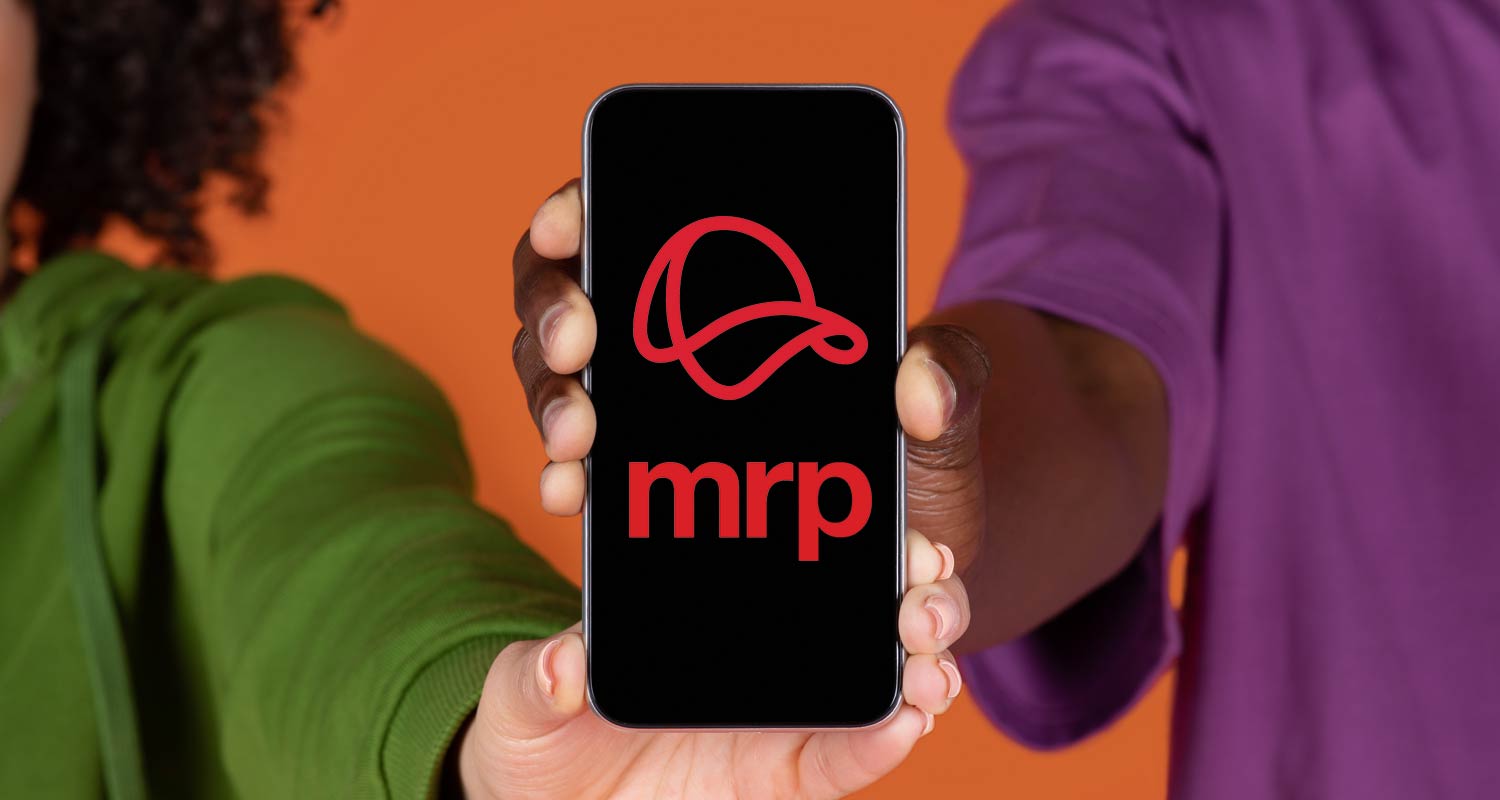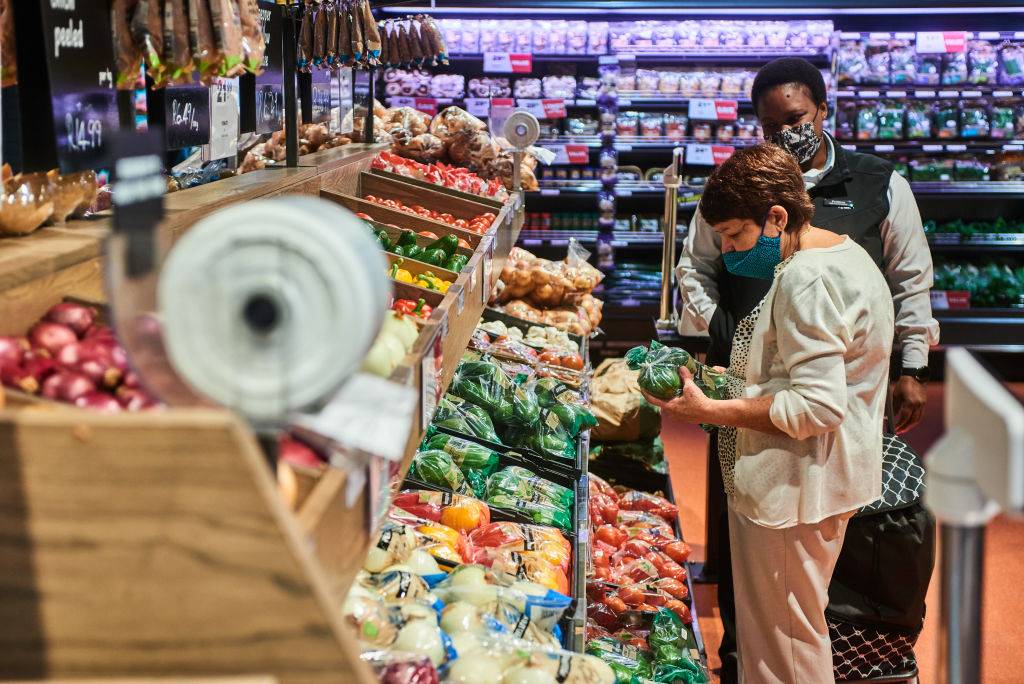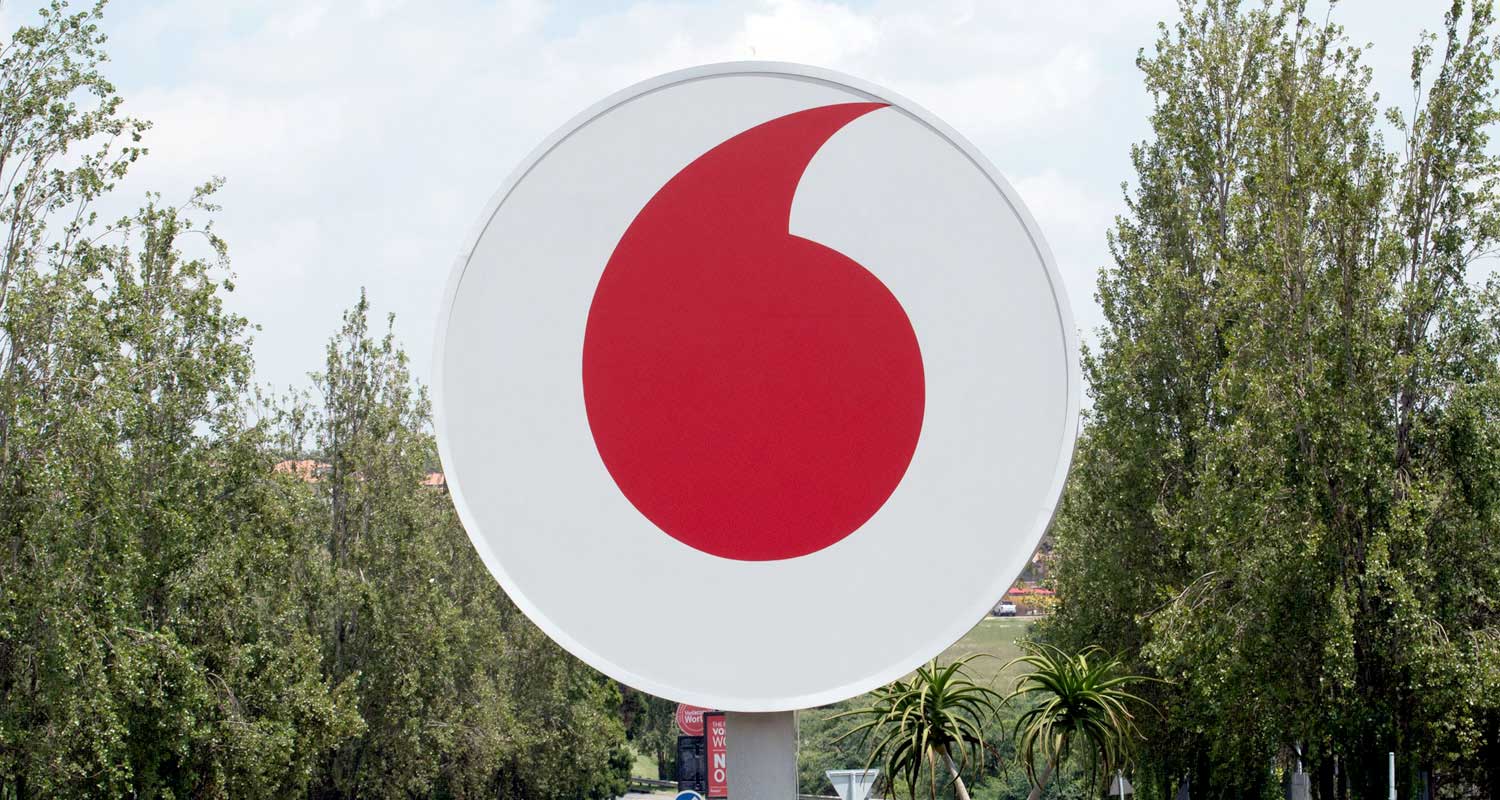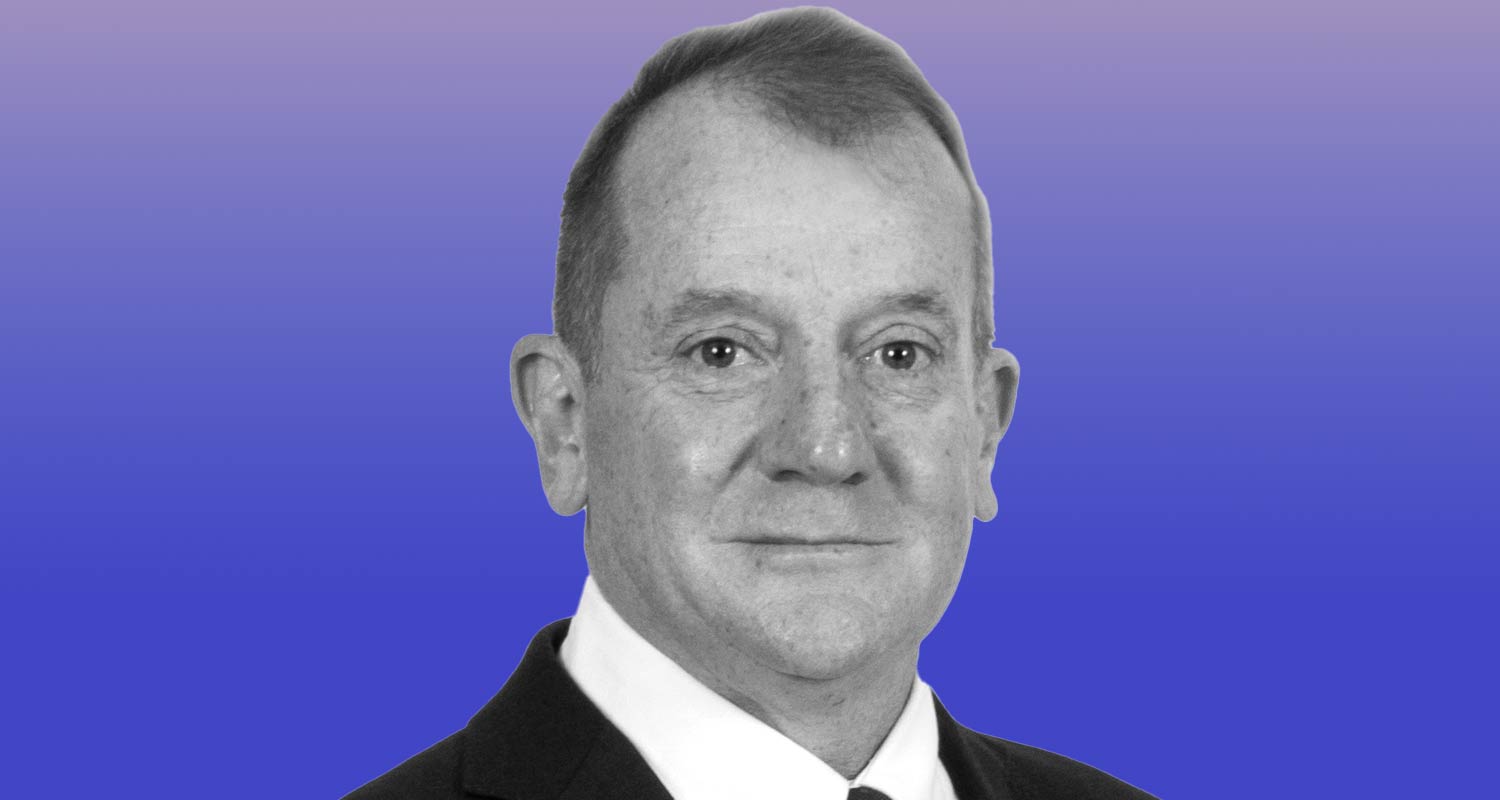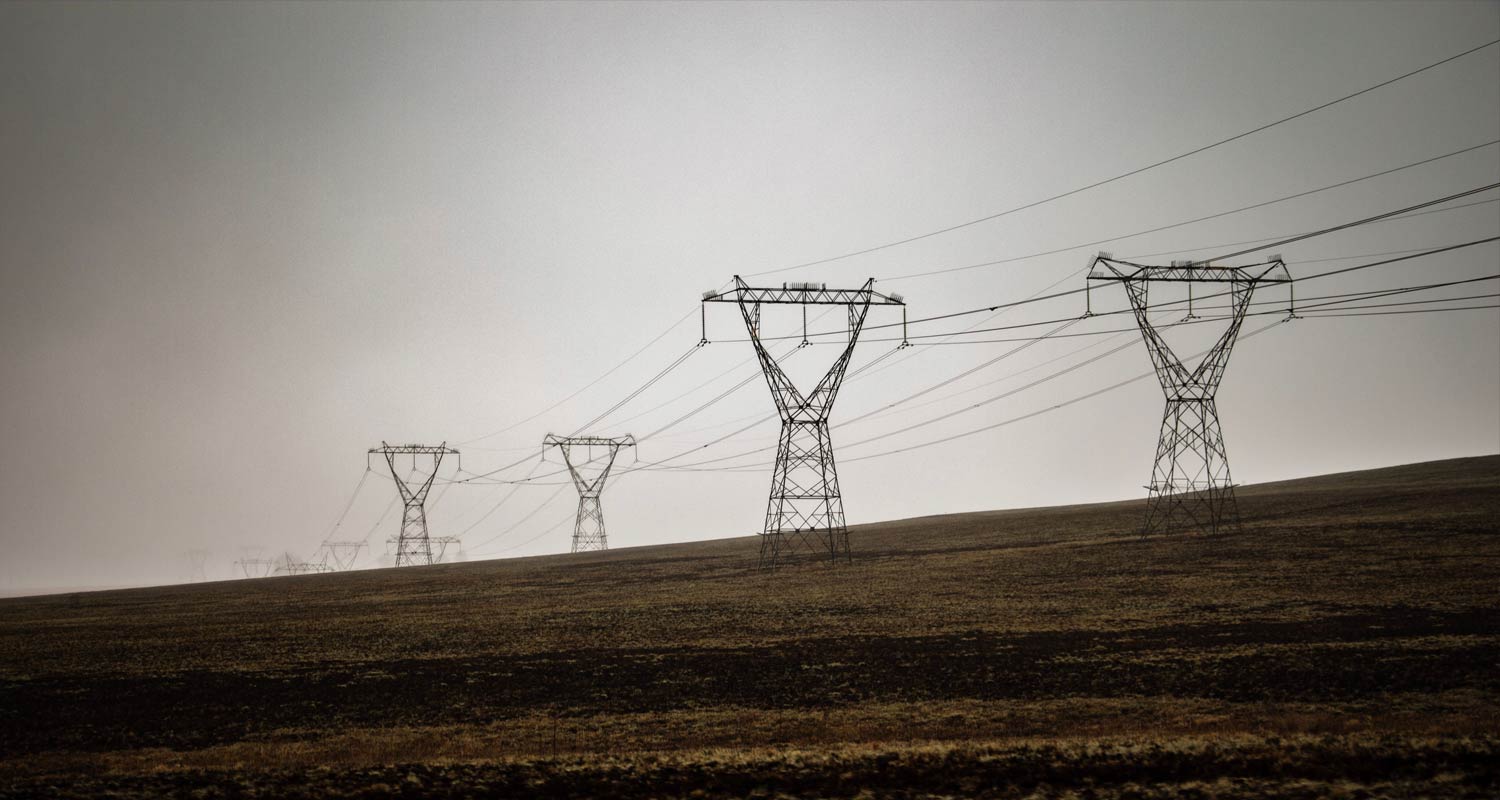 A plan to bring electricity to 300 million Africans by 2030, backed by an initial pledge of US$30-billion (R525-billion) from the World Bank and the African Development Bank, has begun to be implemented with an assessment of the first potential beneficiaries.
A plan to bring electricity to 300 million Africans by 2030, backed by an initial pledge of US$30-billion (R525-billion) from the World Bank and the African Development Bank, has begun to be implemented with an assessment of the first potential beneficiaries.
Some of the world’s most prominent climate organisations — the Rockefeller Foundation, Global Alliance for People and Planet (GEAPP) and Sustainable Energy for All — on Friday announced the formation of a technical assistance facility to examine projects and help secure funding for those that qualify for the programme known as Mission 300. The aim is to ultimately raise $90-billion, or more, from a range of sources.
“Every project starts with a single payment,” Rajiv Shah, president of the Rockefeller Foundation, said in a response to questions. “The technical assistance facility is designed to help the World Bank and African Development Bank jump-start their ambitious electrification plans throughout sub-Saharan Africa.”
The plan, if successful, would bring power to half of the 600 million Africans who don’t have access to electricity. The continent accounts for about three-quarters of those without power globally with South Sudan, Burundi and Chad having electrification rates of less than 12% of their populations. That limits productivity and hampers economic growth in some of the poorest nations on Earth.
“We’ve seen, frankly, stagnation” in getting electricity to more Africans over the last 15 years, said Ashvin Dayal, head of the Rockefeller Foundation’s power and climate programme. “This is for us the defining climate and development challenge for the continent over the next 20 years.”
The Rockefeller Foundation and GEAPP, which it founded together with the Bezos Earth Fund and the Ikea Foundation in 2021, is using an initial $10-million to help 15 projects across 11 African countries, ranging from Burkina Faso to Mozambique, get off the ground, the groups said in a statement. The programme will focus on clean-energy provision through technologies such as mini-grids.
Mission 300
An example of the sort of project that Mission 300 could pursue is the Dares project in Nigeria where the World Bank allocated $750-million to expand the deployment of rooftop solar and mini-grids to bring electricity to 17.5 million people in a nation where about 85 million have no access to power, Dayal said.
In April, the World Bank said it would commit $25-billion to the programme while the AfDB pledged $5-billion. Further commitments are expected at a World Bank International Development Association pledging and replenishment meeting in South Korea in December. A summit on the initiative will be held in Dar es Salaam, Tanzania, in January.
Read: Meet the energy nerds, the people obsessing over home electricity
The aim is to split the $90-billion needed in funding equally between public funds, concessional and philanthropic finance and commercial commitments, according to Shah. Possible sources include the International Monetary Fund’s Resilience and Sustainability Trust and rechannelled special drawing rights, which are reserve assets issued by the IMF to its members.
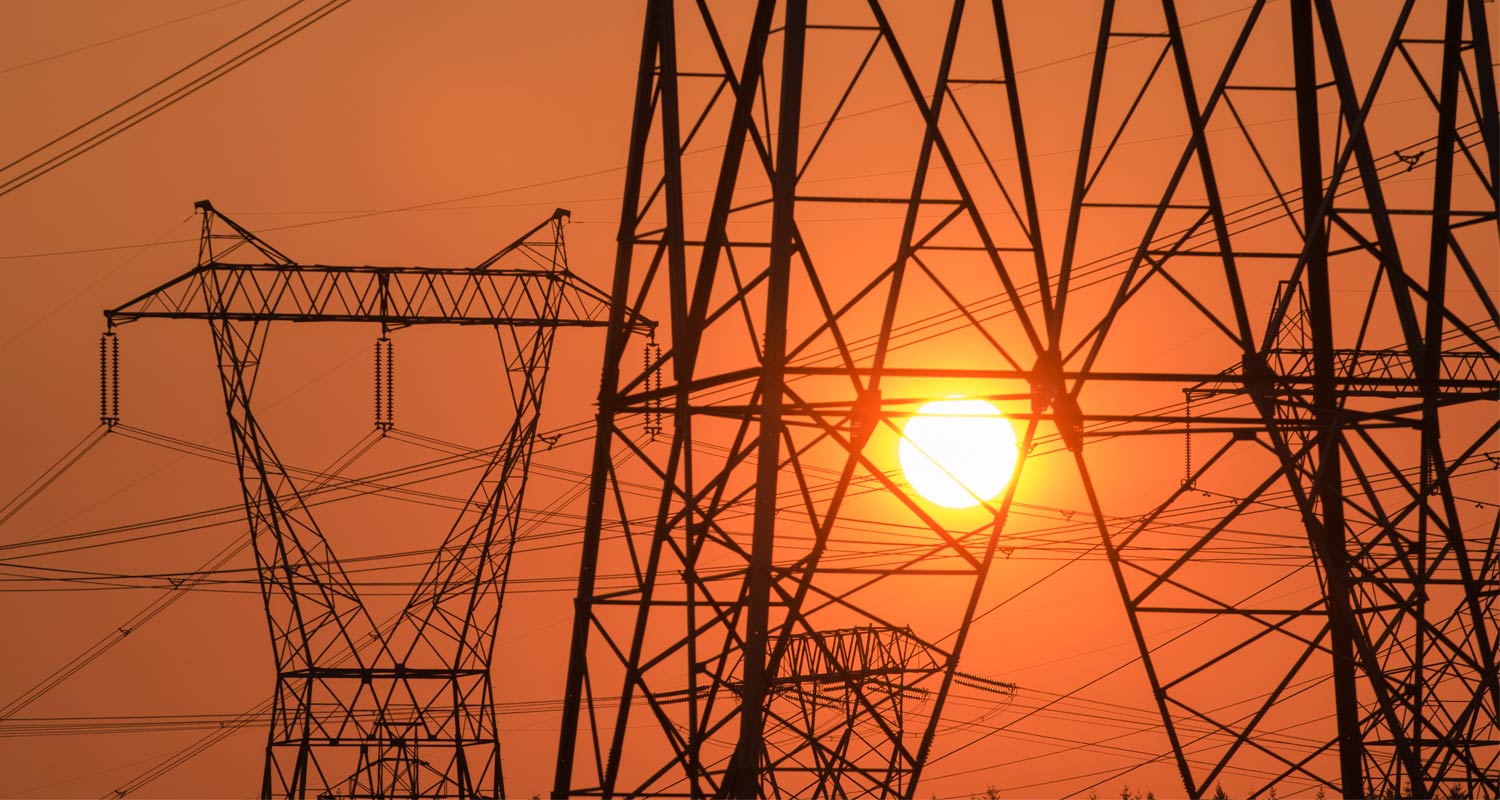 “We need to make sure that we create bankable projects that deliver impact and commercially sound returns,” Woochong Um, GEAPP’s CEO, said in an interview. “We will launch a massive fundraising and advocacy effort to elevate action and mobilise the resources required.”
“We need to make sure that we create bankable projects that deliver impact and commercially sound returns,” Woochong Um, GEAPP’s CEO, said in an interview. “We will launch a massive fundraising and advocacy effort to elevate action and mobilise the resources required.”
Under the programme, countries will be encouraged to boost their access to funding by committing to reforms that encourage the roll out of green energy.
Expanding electricity access to Africa “will require a broad coalition that must keep growing,” Ajay Banga, president of the World Bank, said in the statement. — Antony Sguazzin, with Gina Turner, (c) 2024 Bloomberg LP



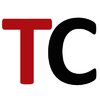 2 hours ago
36
2 hours ago
36


